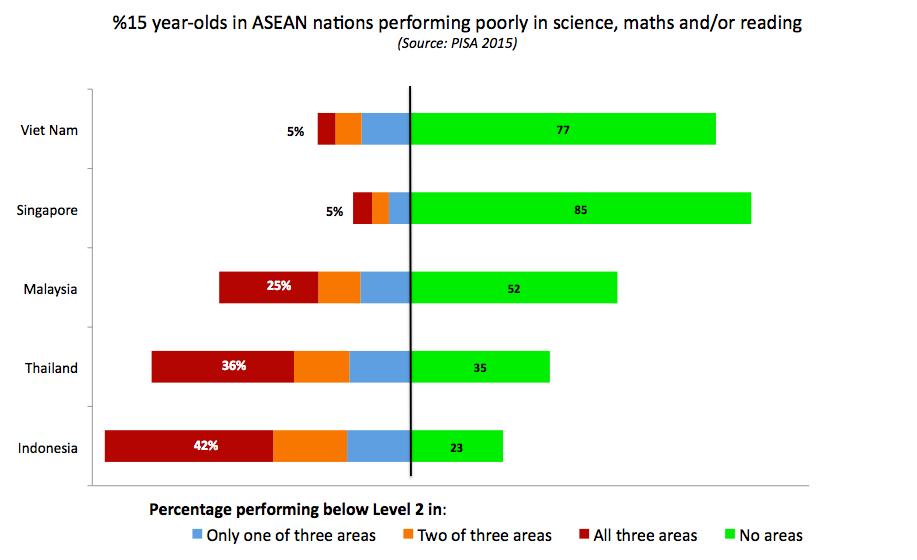

Many studies have reported that to most students, nutritional concerns were less relevant than convenience. In general, college is the first time young adults live independently and are more responsible for their health behaviors and risks. The educational period is critical for developing a healthy lifestyle, including a healthy diet and adequate physical activity therefore, the dietary habits of university students are particularly relevant. In addition, previous research found that there is a significant decline in physical activity during the transition to university. For example, a previous study identified that people aged between 18 to 29 years are at the life stage in which behavioral risk factors can lead to the development of cardiovascular diseases. Studies on health behaviors have indicated that the nutritional habits of young people significantly influence their health status in later adulthood. Many studies have suggested that improving dietary habits through nutrition-based interventions could be particularly effective if performed on younger people. Given the potential impact of dietary risks on NCD mortality and morbidity, promoting healthy dietary practices has become essential for health policy and NCD prevention. In contrast, one in three adults are overweight or obese. At least half of the Indonesian population suffers from at least one micronutrient deficiency, and one in seven adult women suffer from chronic energy deficiency. Similarly, to many other developing countries, particularly in Asia, Indonesia is also experiencing a double burden of malnutrition, with undernutrition and overnutrition seen in children and adults. The prevalence of NCDs has been increasing, not only among the elderly but also among young adults in Indonesia. In Indonesia, dietary risks are also the leading factors responsible for the greatest disease burden, accounting for approximately 10% of the total DALYs. A review of 195 countries reported that 11 million deaths and 255 million disability-adjusted life-years (DALYs) were attributable to dietary risks, with a high intake of sodium and low intake of whole grains and fruits being the leading factors. Nutritional issues increase susceptibility to various diseases, including poor immunity against infections and NCDs, such as cardiovascular diseases, cancers, chronic respiratory diseases, and diabetes mellitus. Poor diet is linked to various non-communicable diseases (NCDs) and is potentially a significant contributor to NCD mortality globally. Optimizing the nutritional profile of menus, labeling based on nutrient profiling, and promoting nutrition education should be addressed to improve students’ diets. The lack of nutrients in canteen menus might lead to a nutrient deficiency among the students, which underlines the important role of canteens in the students’ dietary intake. Most students had unhealthy dietary patterns, including a high consumption of sweet beverages and instant noodles and a low intake of fruits, vegetables, animal protein, and milk. The level of salt intake (96.2%) was above the Indonesian recommended dietary allowance (RDA). The protein, fat, carbohydrate (PFC) ratio showed a high proportion of fat (32.4%) in the diets of female students.

BMIs showed malnutrition among students (38.5%). Most menus lacked macro and micronutrients (i.e., calcium, 15.5%) and were high in salt (181.5%).

The nutritional value of canteen menus used by nearly half of the students (44%) was also examined. This was a cross-sectional study based on the dietary habits of 333 students, 26 of whom were interviewed for the dietary survey. Hence, this study aims to assess students’ dietary habits, status, and the nutritive value of meals offered at university canteens. A comprehensive assessment of the dietary status of university students in Indonesia is lacking.


 0 kommentar(er)
0 kommentar(er)
